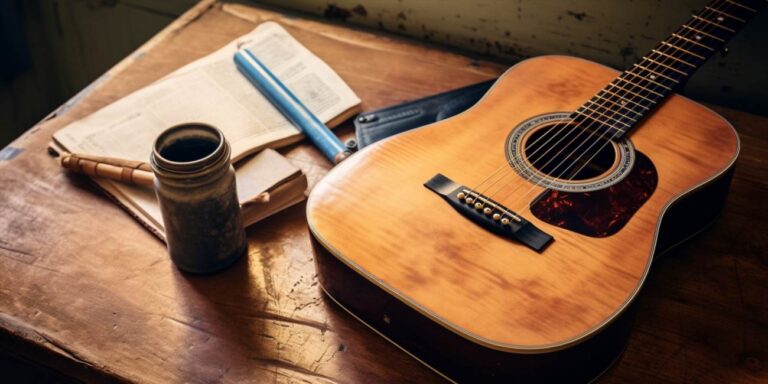Drop D tuning is a versatile and popular alternate guitar tuning that has been used by countless guitarists to add depth and richness to their music. In this comprehensive guide, we will delve into the world of drop D tuning, exploring its history, how to achieve it, and the benefits it offers to guitar players. Whether you’re a seasoned musician or just starting your guitar journey, this article will provide valuable insights into mastering drop D tuning.
Understanding drop d tuning
Drop D tuning, also known as DADGBE tuning, involves lowering the lowest string of your guitar, the low E string, down a whole step to D. When you tune your guitar to drop D, the open strings from low to high should be D-A-D-G-B-E. This simple modification can dramatically change the way your guitar sounds and opens up a world of new possibilities.
History of drop d tuning
The origins of drop D tuning can be traced back to classical guitar music, where it was used to achieve specific bass notes and chords. Over time, it found its way into various musical genres, including blues, rock, and metal. Guitarists like Jimi Hendrix, Led Zeppelin’s Jimmy Page, and Metallica’s James Hetfield have all incorporated drop D tuning into their iconic songs, solidifying its place in the world of guitar playing.
How to tune to drop d
Tuning your guitar to drop D is relatively straightforward. Here’s a step-by-step guide:
- Begin by tuning your low E string (the thickest string) down to D. You can use an electronic tuner or match the pitch to the D string on the 4th fret of the A string.
- Make sure the rest of your strings (A, D, G, B, and high E) remain in standard tuning.
- Test the tuning by playing open D, A, and D strings. They should sound harmonious.
Benefits of drop d tuning
Drop D tuning offers several advantages to guitarists:
- Richer Sound: The lower D note adds depth and power to your chords and riffs.
- Easy Power Chords: Power chords become more accessible in drop D, making it perfect for rock and metal.
- Unique Melodies: Experimenting with this tuning can lead to the creation of unique melodies and songwriting ideas.
Frequently asked questions
1. is drop d tuning only for heavy music genres?
No, drop D tuning is versatile and can be used in various music genres, including folk, blues, and alternative rock.
2. can i switch between standard and drop d tuning during a performance?
Yes, many guitarists switch between tunings during a performance to explore different sonic possibilities.
3. do i need special strings for drop d tuning?
While not necessary, some guitarists prefer heavier gauge strings for drop D tuning to maintain tension and clarity.
4. are there any famous songs that use drop d tuning?
Yes, many famous songs use drop D tuning, including Nirvana’s „Smells Like Teen Spirit” and Rage Against the Machine’s „Killing in the Name.”
5. can beginners use drop d tuning?
Absolutely! Drop D tuning is accessible to beginners and can inspire creativity in your playing.
Now that you’ve gained a deeper understanding of drop D tuning, grab your guitar and start experimenting with this exciting alternate tuning. Whether you’re looking to create heavy riffs or explore new musical avenues, drop D tuning can be a valuable addition to your repertoire.
Zobacz także:






